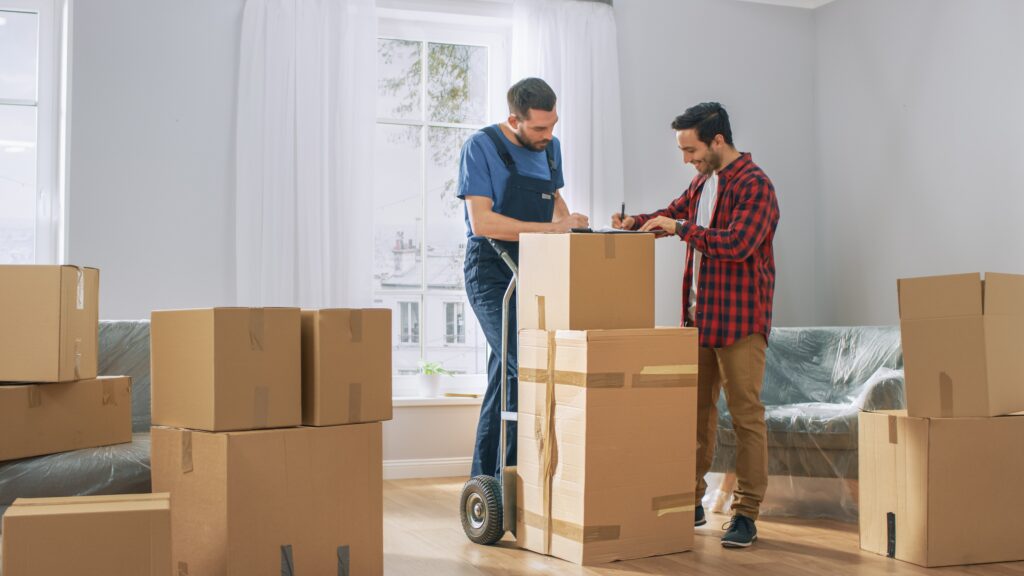Packing for a household move can seem like a daunting task, but with some organization and planning, it can be manageable and even efficient. Proper packing ensures your belongings arrive safely at your new home and makes unpacking easier. Here’s a comprehensive guide to help you pack for your household packing services effectively.
1. Create a Moving Plan
Before you start packing, develop a moving plan to keep things organized:
- Set a Timeline: Determine your moving date and work backward to create a packing schedule. Start packing well in advance to avoid last-minute stress.
- Make a Checklist: List all tasks to be completed before moving day, such as packing rooms, notifying utilities, and changing your address.
2. Gather Packing Supplies
Having the right packing supplies is crucial for a smooth packing process. Essential supplies include:
- Boxes: Obtain various sizes, including small, medium, and large boxes. You can get these from moving companies, office supply stores, or online.
- Packing Paper: Use packing paper or newspaper to wrap fragile items and fill empty spaces in boxes.
- Bubble Wrap: For extra protection of delicate items like glassware and electronics.
- Packing Tape: Strong packing tape to seal boxes securely.
- Markers: Use markers to label boxes clearly.
- Moving Blankets: For wrapping furniture and larger items.
3. Sort and Declutter
Before packing, sort through your belongings and declutter:
- Categorize Items: Decide what to keep, donate, sell, or throw away. Moving is a great opportunity to downsize and get rid of items you no longer need.
- Organize Donations and Sales: Schedule pickups for donated items and plan a garage sale or online sale for things you want to sell.
4. Pack Room by Room
Packing room by room helps keep things organized:
- Start with Non-Essentials: Begin packing items you don’t use daily, such as seasonal decorations, books, and out-of-season clothing.
- Pack Fragile Items Carefully: Wrap fragile items like dishes, glasses, and electronics in packing paper or bubble wrap. Use sturdy boxes and fill gaps with packing material to prevent shifting.
- Label Each Box: Clearly label each box with its contents and the room it belongs to. This will make unpacking easier and help movers place boxes in the right rooms.
5. Pack Smartly
Efficient packing techniques can help protect your belongings and maximize space:
- Use Clothing as Padding: Wrap delicate items in clothing, towels, or linens for extra protection.
- Pack Heavy Items in Small Boxes: Avoid overloading large boxes with heavy items. Use smaller boxes for books and other heavy items to make them easier to carry.
- Disassemble Furniture: If possible, disassemble large furniture to save space and prevent damage. Keep screws and small parts in labeled plastic bags taped to the furniture.
6. Prepare an Essentials Box: pack for a Household Move
Pack a box or two with essential items you’ll need immediately upon arrival at your new home. This can include:
- Toiletries: Toothbrush, toothpaste, soap, and other personal care items.
- Important Documents: Birth certificates, passports, and medical records.
- Basic Kitchen Supplies: A few pots, pans, utensils, and some non-perishable food items.
- Bedding: Sheets, pillows, and blankets for a comfortable first night.
7. Secure Valuables and Important Documents
Keep valuable items and important documents with you rather than packing them with the rest of your belongings:
- Jewelry and Heirlooms: Store them in a secure bag or container and keep them with you during the move.
- Important Documents: Place passports, financial documents, and legal papers in a separate folder or envelope to ensure they’re not misplaced.
8. Protect Your Electronics: pack for a Household Move
Electronics require special care to avoid damage:
- Original Boxes: If possible, pack electronics in their original boxes for the best protection.
- Wrap Cables and Accessories: Coil cables and wrap them in packing paper. Use separate bags or containers for accessories like remote controls and chargers.
9. Prepare Appliances: pack for a Household Move
If you’re moving large appliances, take these steps:
- Clean and Empty: Thoroughly clean and empty refrigerators, freezers, and washing machines. Defrost and dry appliances before packing.
- Secure Parts: Detach any removable parts and pack them separately. Use moving blankets or padding to protect appliances during transit.
10. Consider Professional Packing Services
If you prefer not to handle packing yourself or have valuable or fragile items, consider hiring professional packers. They can:
- Provide Expert Packing: Professionals are experienced in packing and handling delicate items safely.
- Save Time: They can pack up your entire home quickly and efficiently.
Conclusion
Dielman Moving & Storage, Inc. involves careful planning and organization, but following these steps can simplify the process. By sorting and decluttering, using the right packing materials, packing room by room, and labeling boxes clearly, you can ensure your belongings are well-protected and organized for your move. Remember to prepare an essentials box and keep valuables and important documents with you. If needed, professional packing services can offer additional assistance. With these tips, your move can be a smoother and less stressful experience.
